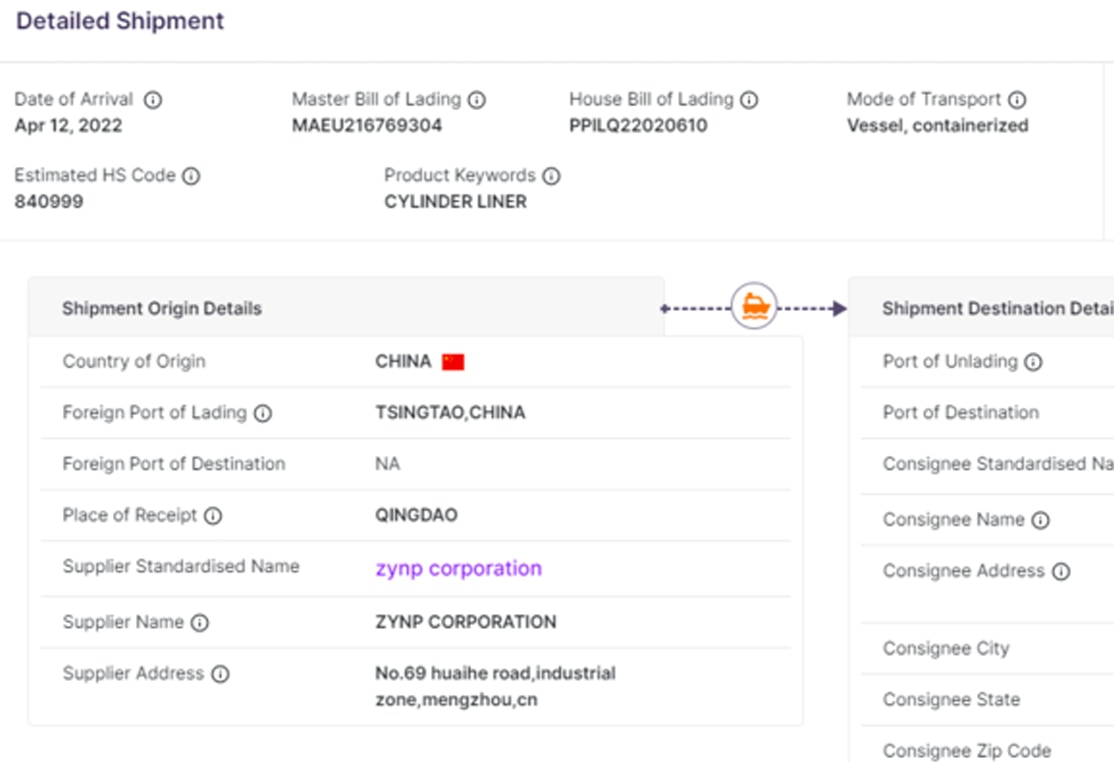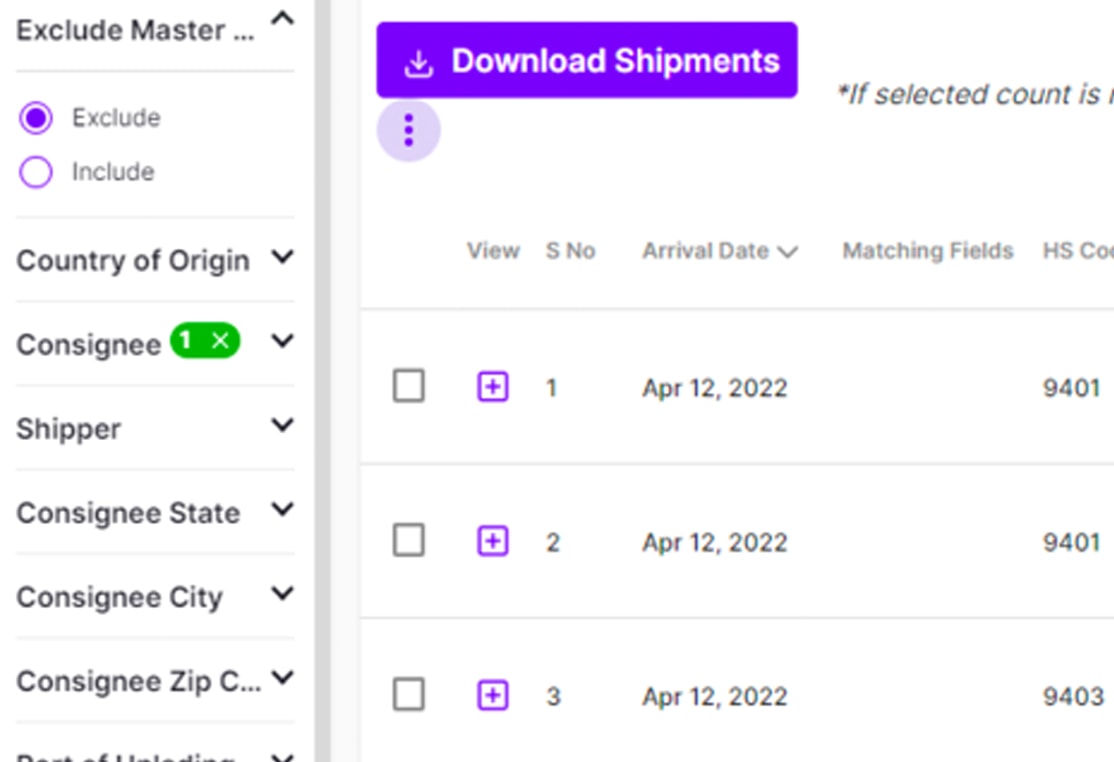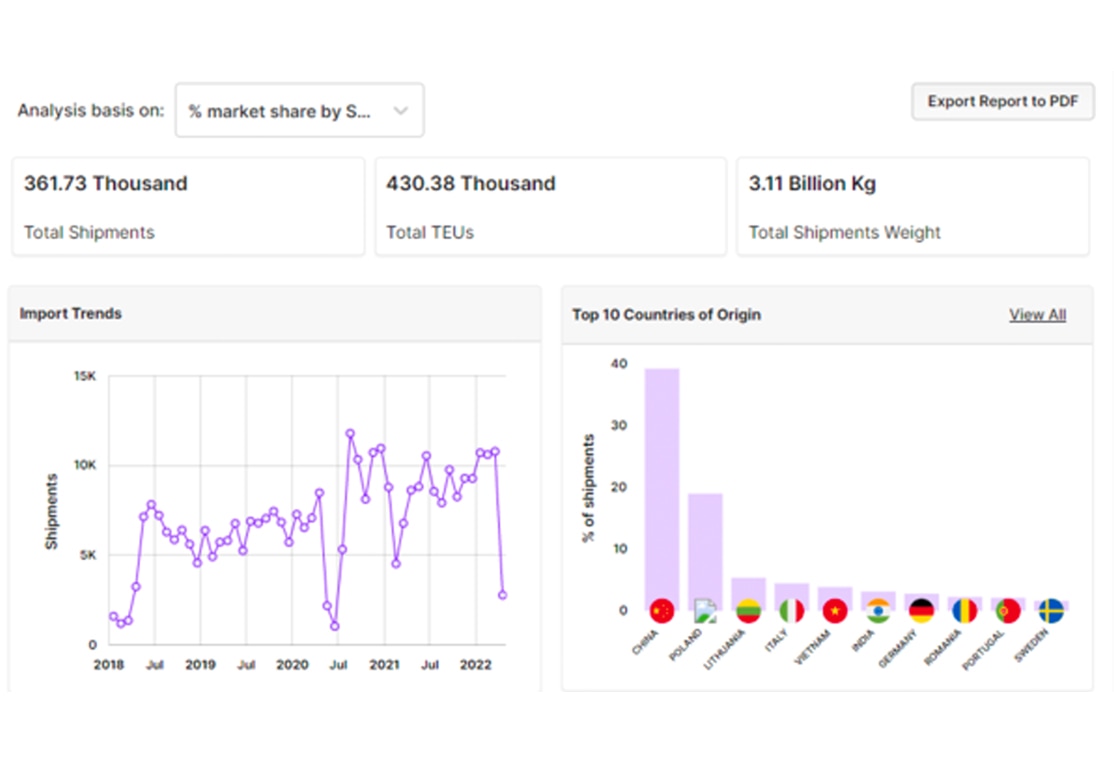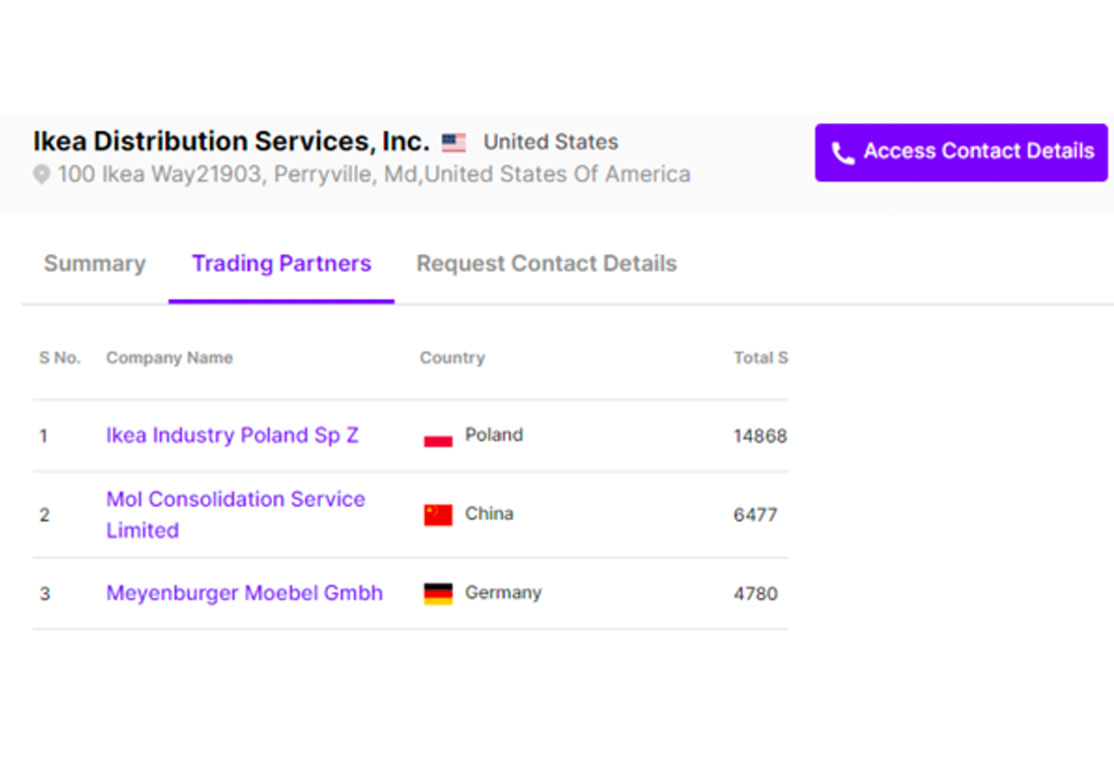Webinars & Videos
Watch videos featuring supply chain experts
Trade monitoring is one of the most important processes in global trade. While a relatively unknown topic, it is responsible for the stability and safety of international trade. It protects buyers, suppliers, NVOCCs, port authorities, shipping lines, etc. from illegal activities and illicit trading.
It also helps governments protect their economy and helps them maximize their profits for good. Every government around the world goes to great lengths to monitor and protect trading activities. It helps make their economies and ports safe for businesses.
No legitimate business in the world would like to trade in unsafe countries. But it does bring us an important question – What is trade monitoring and how do governments monitor trade?
Let’s start at the basics. Trade monitoring, in its simplest definition, covers the various methods governments use to monitor maritime trading activities, imports, and exports.
Governments monitor trade to spot illicit trade activities, track revenue collection, identify tax & tariff evasion, and simplify revenue collection. By monitoring global trade market, governments are able to effectively track and analyze the state of their economies, revenue, and more.
Trade monitoring by governments should not be confused with general trade monitoring practices by businesses in the stock market. Both have completely different purposes and government-funded trade monitoring is important to keep economies flowing and protected from threats.
Governments have very good reasons why they monitor trade closely. Here are some of them:
Governments can monitor trade transactions globally with the help of shipping data and data analytics. Analyzing this data, governments can determine the exact amount of money a particular commodity is worth.
For example, if a company is importing 200 units of processor chips, governments can track the exact amount of money that they are worth and calculate the tax they must collect on it. Since businesses declare their imports, governments can also find out if a company is lying about its imports to evade tax and penalize them where needed.
All of this helps governments gain better knowledge about their revenue and collect tariff revenue that they are owed without any discrepancies. This helps create a more organized and safer trade environment for businesses and other parties involved in global trade.
The main goal of trade monitoring for governments is to spot unusual activity within the global import-export industry and find out the businesses involved in illicit trade. This illicit trade includes everything from banned contraband to illegal shipping activities and trafficking.
With the help of strict trade monitoring policies, governments can protect their countries’ trade lanes from contraband and ensure better awareness of what their respective country imports and exports. With global trade becoming more and more complex, this awareness is imperative to keep trade flowing smoothly.
Without proper monitoring, trade lanes can become rampant with illegal trade activities such as narcotics trade, fiscal scams, security breaches that affect national security, and more.
Businesses involved in global trade are often bound by the rules and policies of the government of their respective countries. To help these businesses, governments often create trade policies and strengthen the overall infrastructure for their shipping industries.
This type of trade promotion and development requires an efficient system of trade monitoring. Good trade monitoring will help governments plan and implement such trade promotion and development initiatives effectively. Data analysis in trade monitoring acts as an effective tool to find new trade promotion opportunities and create plans for business development initiatives.
Last but not least, trade monitoring helps governments gauge the status of the economy. Sure, stock markets are a great indicator of how an economy is doing, but monitoring import-export data and analyzing it helps governments get a data-driven picture of their economy and its trends.
For example, a fall in exports is a good indicator that the economy is headed towards a decline. With data about the status of the economy, governments can further design development initiatives that help grow their country’s economy.
Monitoring trade data is a key exercise for governments. In theory, it sounds easy. However, monitoring trade is a massive challenge for every government around the world. There are some elemental challenges that every government will face when they try to make sense of their country’s trade lanes. Here are a few:
Trade is a massively complicated web of imports and exports involving multiple businesses. It comprises vast global supply chains. The sheer scale of a country’s trade is hard to grasp at first glance.
This is why countries around have standardized a few terminologies to track shipments with the help of various tools such as Bills of Lading, Incoterms, etc.
Despite these helpful standards, it is still difficult to monitor shipping trade. In addition, global trade data is very scattered in various countries’ Bills of Lading and other sources such as UN Comtrade. One of the ways governments navigate this problem is by using a supply chain intelligence software such as Trademo Intel.
Intel allows governments to discover and analyze shipping data from around the world by compiling all of it into a consumable format with the help of big data analytics and AI. From simple port authorities to customs departments utilize Trademo’s full capabilities for their shipping data needs.
Another challenge faced by governments is the lack of proper data. Despite the existing systems in global trade, data can still be fragmented. For example, if there is a consignment of HS Code 72 being sent from China to the USA, it is quite likely that the data within Bills of Lading for both countries.
This can often lead to discrepancies and can create misunderstandings for the government authorities. A standardized stream of data is needed to ensure that this problem does not arise. Trademo Intel’s shipping data is a good way to solve this problem. It compiles data for each shipment through multiple authoritative sources giving you accurate shipment level information for all import-export transactions across your country.
As mentioned above, Trademo Intel is a good solution for governments to monitor their trade. Intel can be used effectively to surveil trade and monitor trade activities. Here are a few examples of how Intel’s shipping data can help you monitor your country’s trade activities:
[NOTE: The dataset shown in the images below is from US imports]
As mentioned above, Intel collects data from various sources and compiles them to provide a comprehensive view of each shipment involved in global trade. Of the 40+ data points that Trademo covers, the ones that can help governments monitor trade include shipment value(in USD), weight, supplier details, container numbers, and more.

These data points can be compared to the ones that the buyer submits in their bill of lading to find inconsistencies and spot illicit activities. If the included details don’t match, there is a high chance that the shipments being sent have either contraband or illegal goods.
Another way federal organizations can monitor trade is by studying multiple shipments ordered by certain buyers to find inconsistencies.

Trademo’s AI-based analytics automatically displays key information about each company’s shipments that can further help isolate potential illegal shipments.

Furthermore, Intel also maintains detailed data on companies and their trading partners. With Intel, you can study a company’s closest trade relationships as shown below. This data will furthermore help governments build a detailed file on potential illegal trade operations and attempts at tax evasion.

There are various other ways that shipping and company data can help federal organizations. Since Intel provides a comprehensive view of global trade, governments can find growing companies to analyze them.
They can further identify prospective businesses and industries to finance trade and start development initiatives. These can help grow a country’s economy further. All with the help of compiled shipping data!